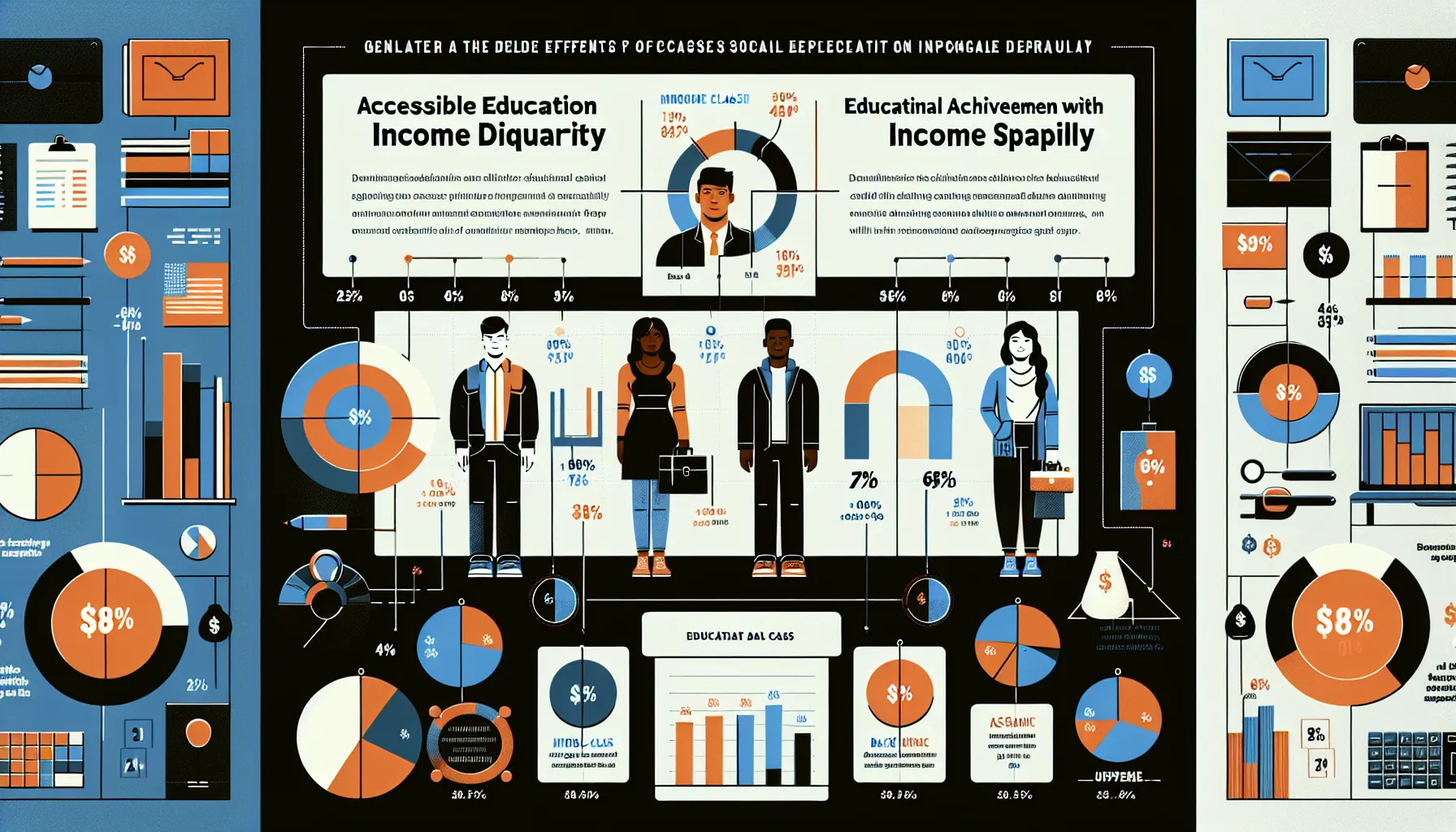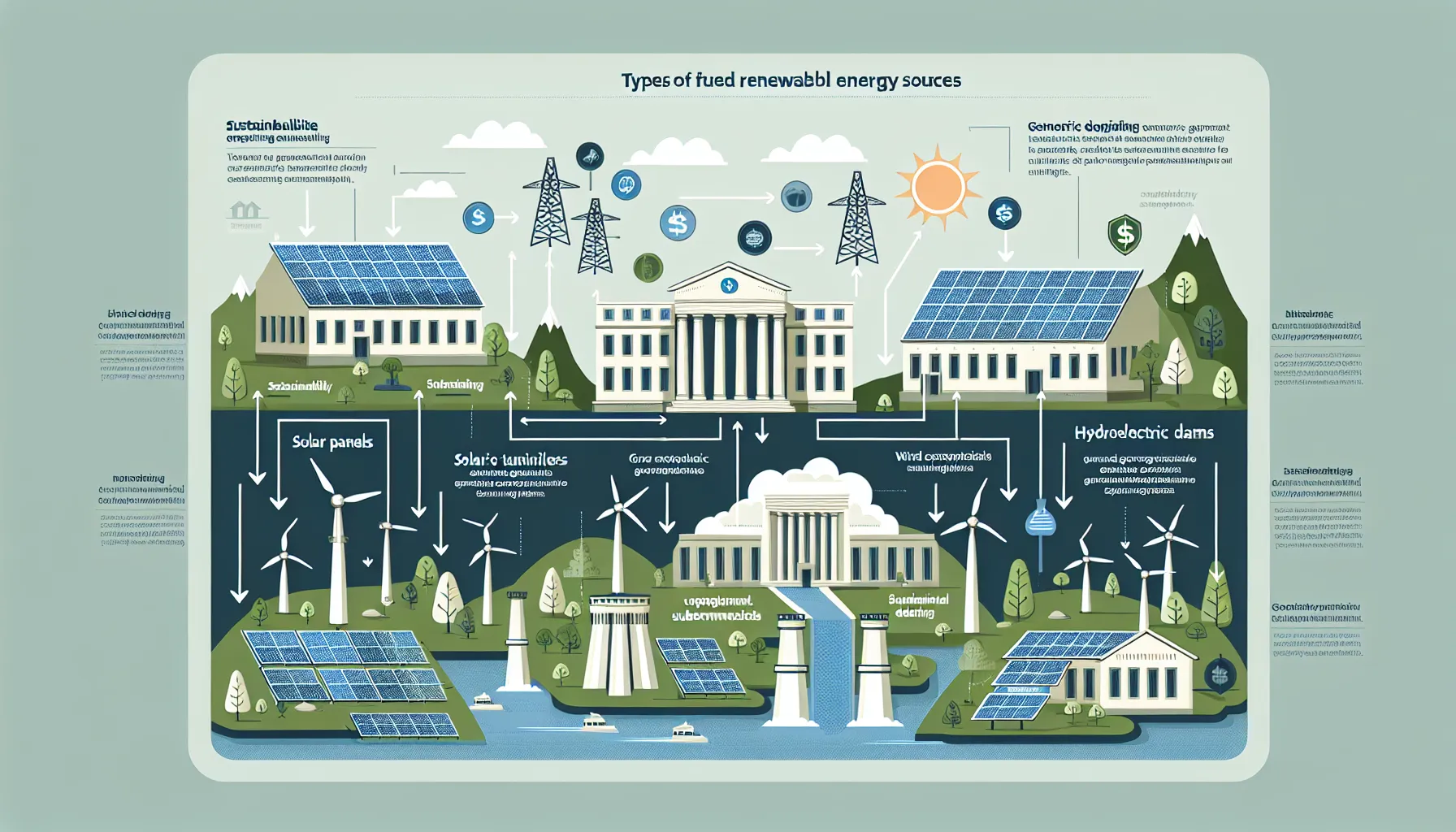In recent years, the topic of how affordable education can address income inequality has become increasingly prevalent in IELTS Writing Task 2 exams. This trend reflects the growing global concern about economic disparities and the potential role of education in creating more equitable societies. As an IELTS instructor, I’ve observed this theme appearing in various forms, and I predict it will continue to be a significant topic in future tests. Let’s explore a relevant question that has appeared in past exams and could likely resurface:
Nội dung bài viết
Some people believe that the best way to reduce economic inequality is to provide free education from primary school to university. To what extent do you agree or disagree with this statement?
Analyzing the Question
This question requires candidates to critically evaluate the effectiveness of free education as a solution to economic inequality. Key points to consider include:
- The meaning of “economic inequality”
- The potential impact of free education at all levels
- Other factors that contribute to economic inequality
- Possible alternative solutions
Candidates should clearly state their position and provide well-reasoned arguments supported by relevant examples.
 Affordable Education Impact
Affordable Education Impact
Sample Essay 1: Band 8-9 Response
Economic disparity is a pressing issue in many societies, and providing free education from primary school through university has been proposed as a potential solution. While I agree that this approach could significantly contribute to reducing inequality, I believe it is not the sole answer to this complex problem.
Free education at all levels undoubtedly has the potential to level the playing field and create more opportunities for individuals from disadvantaged backgrounds. By removing financial barriers to education, children from low-income families would have access to the same quality of education as their wealthier counterparts. This equal access could lead to improved job prospects and higher earning potential, thus narrowing the income gap over time. For instance, countries like Finland, which offer free education at all levels, consistently rank high in both educational outcomes and economic equality.
However, it is crucial to recognize that economic inequality is a multifaceted issue that cannot be solved by education alone. Other factors, such as inherited wealth, discriminatory practices in the job market, and unequal access to healthcare and housing, also contribute significantly to economic disparities. Moreover, the quality of education and the relevance of the curriculum to the job market are equally important considerations. Simply making education free does not guarantee that it will be of high quality or aligned with the skills demanded by employers.
To effectively address economic inequality, a more comprehensive approach is necessary. This could include:
- Providing free or affordable education at all levels
- Implementing progressive taxation systems
- Offering vocational training and lifelong learning opportunities
- Ensuring equal access to healthcare and housing
- Enforcing anti-discrimination laws in the workplace
In conclusion, while free education from primary school to university is a powerful tool in combating economic inequality, it should be part of a broader strategy. By combining educational opportunities with other social and economic policies, societies can work towards creating a more equitable distribution of wealth and opportunities for all citizens.
(Word count: 309)
Essay Analysis
This essay demonstrates several qualities that contribute to its high band score:
-
Clear position: The writer agrees partially with the statement, acknowledging the importance of free education while arguing that it’s not the complete solution.
-
Coherent structure: The essay follows a logical progression, introducing the topic, discussing the benefits of free education, addressing its limitations, and proposing a more comprehensive approach.
-
Well-developed ideas: Each point is elaborated with explanations and examples, such as referencing Finland’s educational system.
-
Cohesive devices: The essay uses a variety of linking words and phrases to connect ideas smoothly.
-
Lexical resource: The writer employs a wide range of vocabulary accurately and appropriately, such as “multifaceted issue,” “inherited wealth,” and “discriminatory practices.”
-
Grammatical range and accuracy: The essay demonstrates control over complex sentence structures and shows no noticeable errors.
Sample Essay 2: Band 6-7 Response
Free education from primary school to university is seen by some as the best way to reduce economic inequality. I partly agree with this idea because it can help many people, but I also think there are other important things to consider.
Providing free education at all levels can definitely help reduce the gap between rich and poor people. When education is free, children from poor families have the same chance to learn as children from rich families. This means they can get better jobs and earn more money in the future. For example, in some countries where university is free, like Germany, many students from different backgrounds can study together and have similar opportunities after graduation.
However, I don’t think free education alone can solve all the problems of economic inequality. There are other reasons why some people are richer than others. Sometimes people inherit money from their families, or they might face discrimination when looking for jobs. Also, just because education is free doesn’t mean it’s good quality. If the schools aren’t well-funded or don’t have good teachers, students might not learn the skills they need for good jobs.
I believe we need to do more than just provide free education to really reduce economic inequality. Some other ideas could be:
- Making sure all schools have good teachers and resources
- Helping people learn new skills throughout their lives
- Creating laws to stop discrimination in the workplace
- Providing better healthcare for everyone
In conclusion, while free education is important for reducing economic inequality, it’s not the only solution. We need to look at many different ways to help everyone have a fair chance to succeed in life.
(Word count: 279)
Essay Analysis
This essay demonstrates several qualities that place it in the Band 6-7 range:
-
Clear position: The writer partially agrees with the statement and provides reasons for their stance.
-
Coherent structure: The essay has a clear introduction, body paragraphs discussing advantages and limitations, and a conclusion.
-
Developed ideas: The main points are supported with explanations and an example (Germany’s free university education).
-
Cohesive devices: The essay uses some linking words, though not as sophisticated as in the Band 8-9 essay.
-
Lexical resource: The vocabulary is appropriate but less varied and precise compared to the higher band essay.
-
Grammatical range and accuracy: The essay uses a mix of simple and complex sentences with generally good control, though there’s less variety in sentence structures compared to the Band 8-9 essay.
Key Vocabulary to Remember
- Economic inequality (noun) – /ˌiːkəˈnɒmɪk ɪnɪˈkwɒləti/ – differences in economic well-being between individuals or groups
- Disparity (noun) – /dɪˈspærəti/ – a great difference
- Multifaceted (adjective) – /ˌmʌltɪˈfæsɪtɪd/ – having many different aspects or features
- Level the playing field (idiom) – to create a situation that is fair for everyone
- Inherited wealth (noun phrase) – /ɪnˈherɪtɪd welθ/ – money or property passed down from previous generations
- Discriminatory practices (noun phrase) – /dɪˈskrɪmɪnətəri ˈpræktɪsɪz/ – unfair treatment based on personal characteristics
- Vocational training (noun phrase) – /vəʊˈkeɪʃənl ˈtreɪnɪŋ/ – education that prepares people for specific trades or crafts
- Progressive taxation (noun phrase) – /prəˈɡresɪv tækˈseɪʃn/ – a tax system where higher earners pay a higher percentage of tax
- Equitable distribution (noun phrase) – /ˈekwɪtəbl ˌdɪstrɪˈbjuːʃn/ – fair allocation of resources or opportunities
- Socioeconomic background (noun) – /ˌsəʊsɪəʊˌiːkəˈnɒmɪk ˈbækɡraʊnd/ – social and economic factors of a person’s life
Conclusion
The topic of affordable education and its potential to address income inequality is likely to remain relevant in future IELTS Writing Task 2 exams. To prepare effectively, practice writing essays on related themes such as:
- The role of government in providing education
- The impact of technology on educational access
- The balance between academic and vocational education
- The relationship between education and social mobility
Remember to analyze the question carefully, plan your response, and use a range of vocabulary and grammatical structures appropriate to your target band score. Feel free to practice by writing your own essay on the topic discussed in this article and share it in the comments section for feedback and discussion with other learners.


